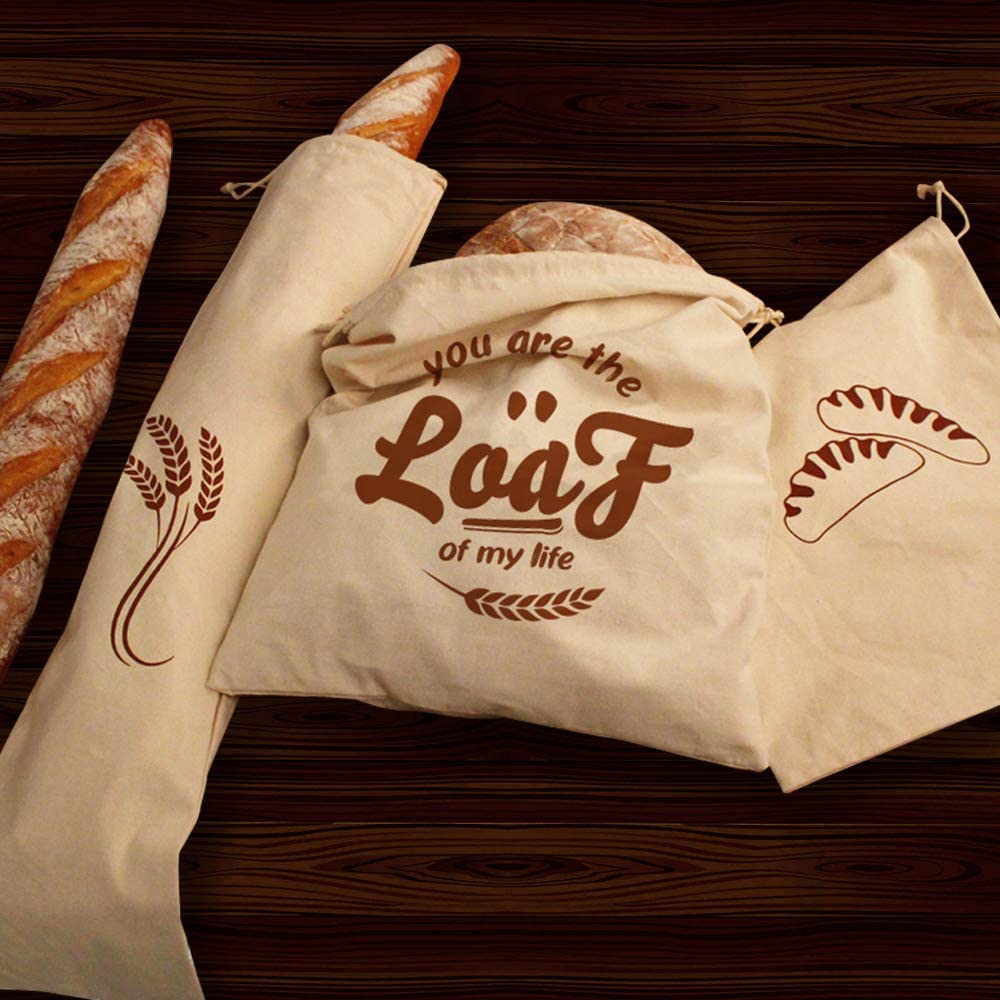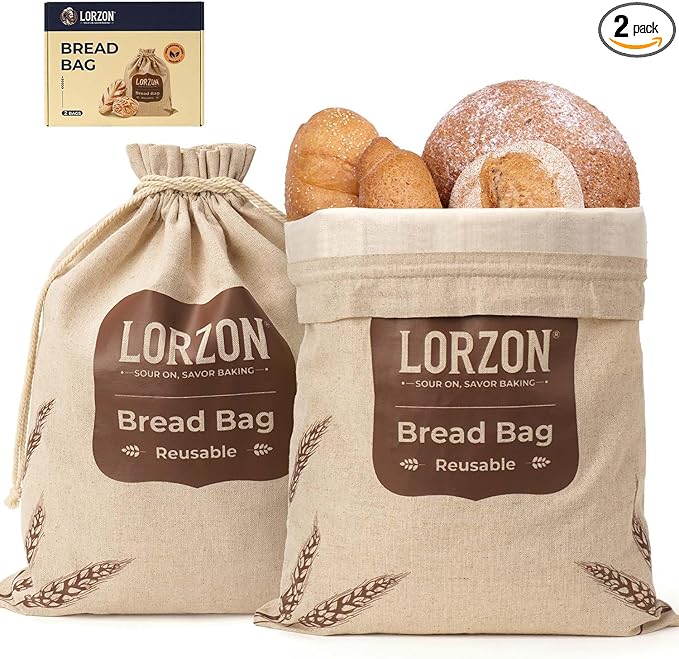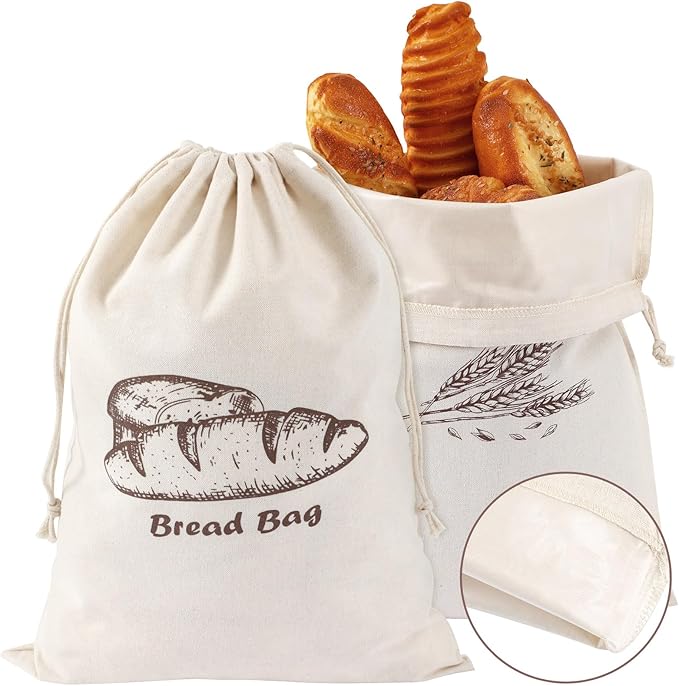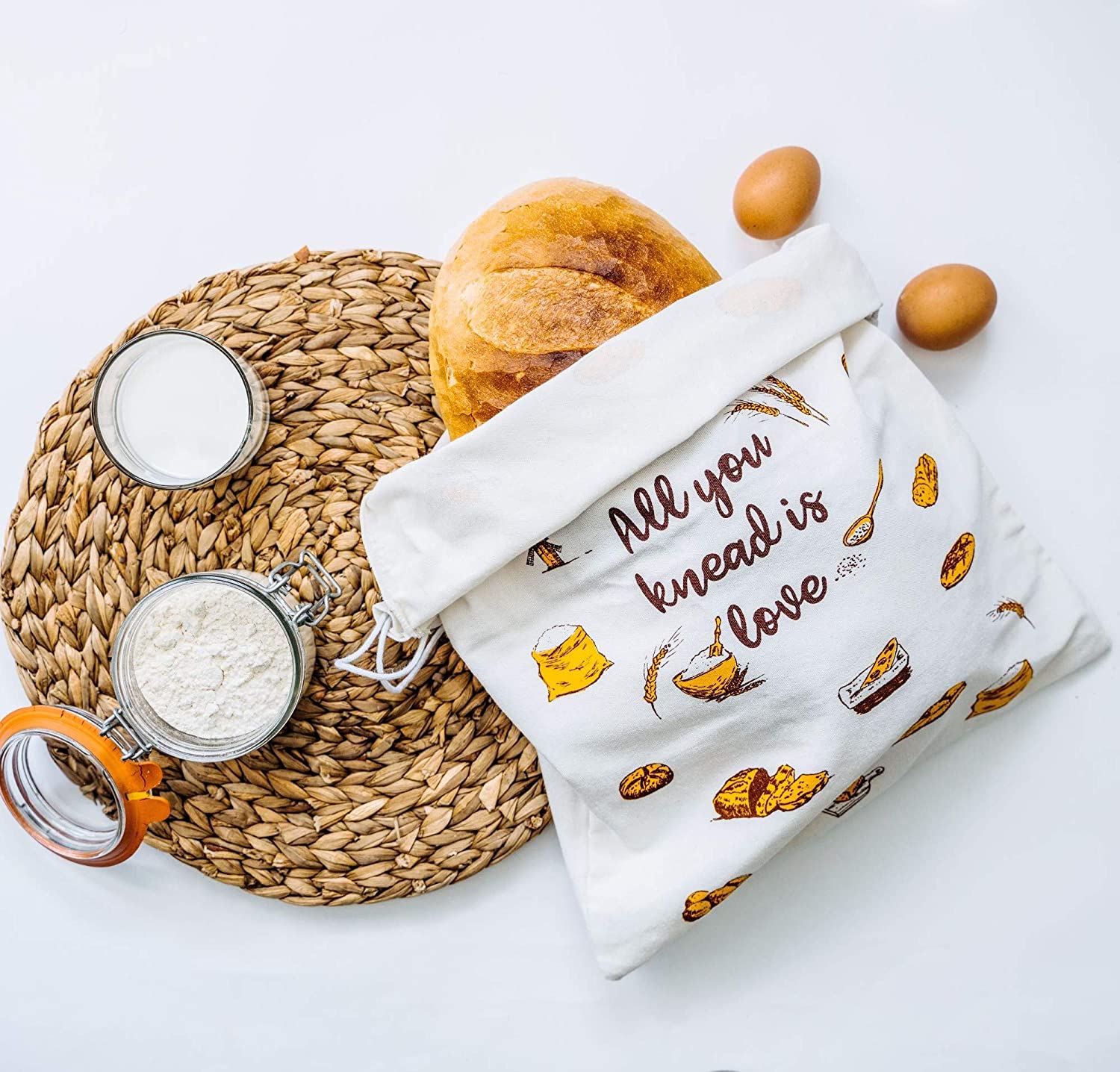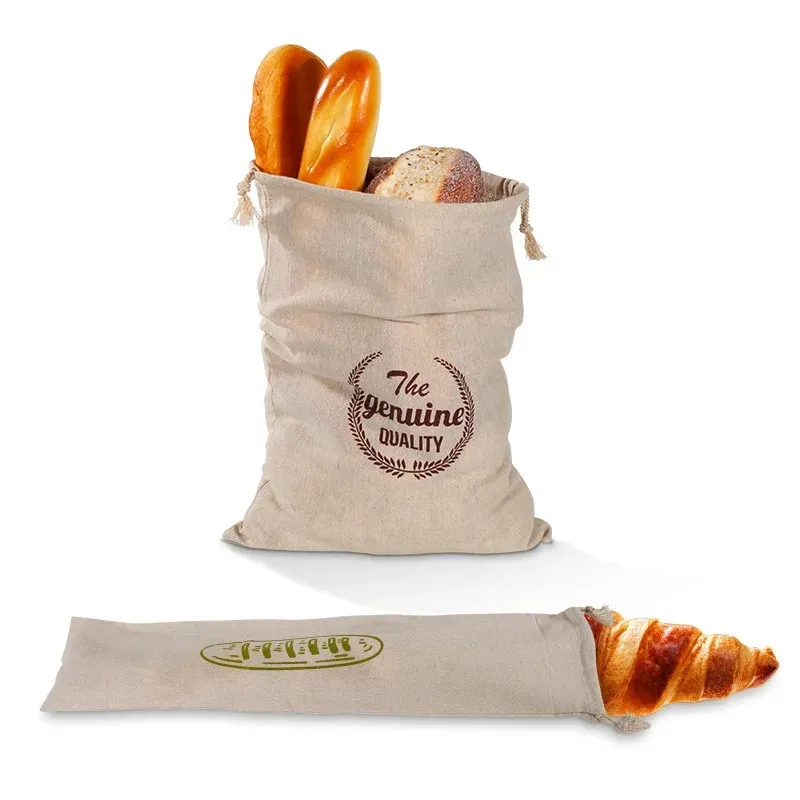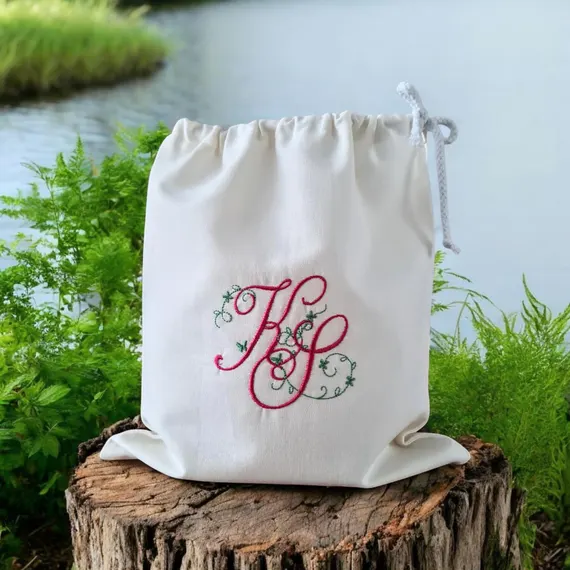What is the best material for a bread bag? — A comprehensive exploration of optimal bread preservation materials
In modern life, fresh bread is more than just food—it’s an everyday delight. Whether it’s a freshly baked baguette in the morning or whole-grain bread for an afternoon tea, maintaining the aroma, texture, and moisture of bread is a top priority for both bakers and consumers. Traditional packaging methods often have their limitations, such as insufficient sealing, poor breathability, or low environmental performance, all of which can adversely affect the freshness of bread. This article delves deep into the subject of bread bag materials, evaluating various materials based on their ability to preserve freshness, control moisture, allow air circulation, and meet environmental standards. Our goal is to help you understand which material is best suited for making bread bags, while providing innovative insights and practical recommendations for the baking industry and consumers alike.
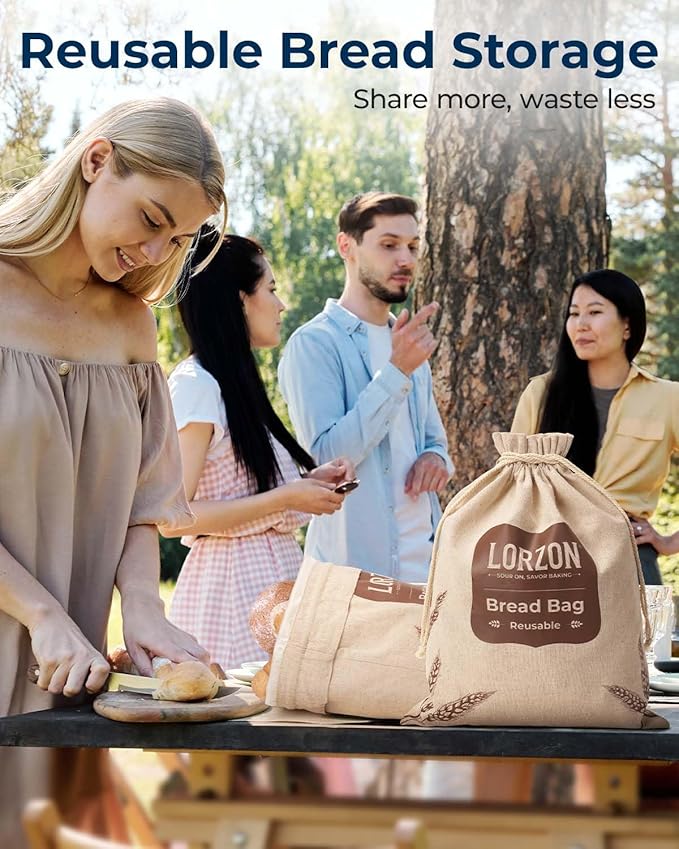
1. Introduction
Bread has been a staple food for centuries, and both its production methods and storage techniques have evolved over time. With modern consumers placing greater emphasis on health and quality of life, the demand for fresher bread with superior texture has risen steadily. However, during transportation, sale, and home storage, preventing bread from becoming stale, absorbing too much moisture, or even hardening can be challenging. While traditional plastic or paper bags can partially meet these needs, they often fall short when it comes to balancing breathability, humidity control, and Eco-friendliness. Therefore, exploring the best material for bread bags is not only essential for extending shelf life but also for enhancing the overall consumer experience and boosting a bread brand’s market competitiveness.
2. The Role of a Bread Bag in Preservation
A bread bag is not merely a container; it is a sophisticated preservation system. Its primary function is to regulate the surrounding humidity and air circulation around the bread, thereby preventing it from drying out or becoming too moist and moldy. A well-designed bread bag can balance the moisture levels inside and outside the bag, slowing down the starch retrogradation process and helping maintain the bread’s softness and aroma. Furthermore, a good bread bag protects against dust and contaminants during transportation and sale. For bakeries, premium packaging not only enhances product value but also reinforces brand image. For home users, an effective bread bag means enjoying bread that tastes as fresh as when it was first baked, day after day.
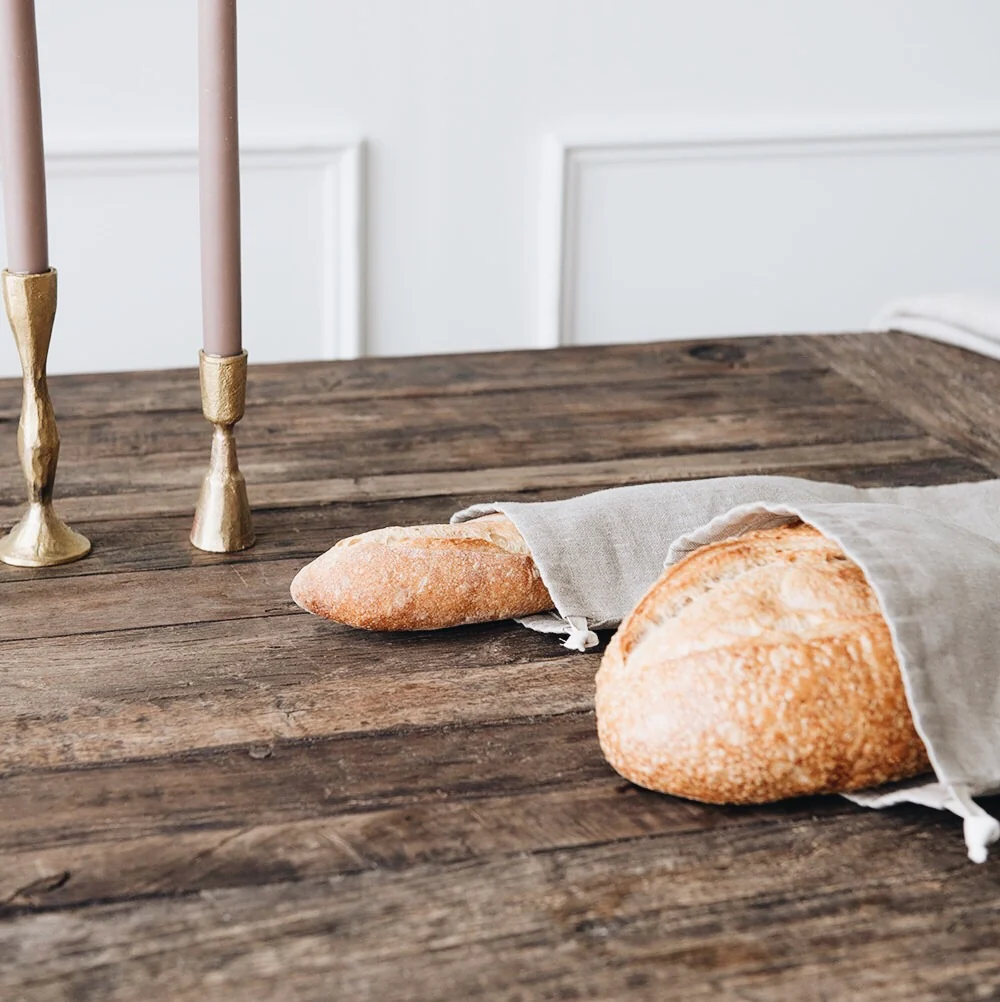
3. Criteria for an Ideal Bread Bag Material
When selecting a material for a bread bag, several factors must be considered. First and foremost is breathability. Adequate breathability allows for proper air circulation, which helps regulate the humidity inside the bag and prevents the buildup of moisture that could spoil the bread. Equally important is moisture control; the material should be capable of keeping external moisture at bay while maintaining the right level of humidity inside the bag to prolong freshness.
Durability is another crucial criterion—the material must be resistant to tearing and pressure to withstand the rigors of transportation and daily use. Environmental impact is increasingly significant, too; with sustainability in mind, using renewable or biodegradable materials not only protects the environment but also meets the growing consumer demand for green products. Lastly, cost-effectiveness is vital. Even if a material offers excellent performance, it must be economically viable for large-scale production and distribution. The ideal bread bag material should strike a balance between functionality, affordability, and Eco-friendliness.
4. An Overview of Common Bread Bag Materials
Currently, the materials used for bread packaging can be divided into three main categories: natural materials, synthetic fibers, and innovative eco-friendly options. Natural materials such as cotton and linen are prized for their excellent breathability, soft texture, and environmental benefits. However, due to their loose fiber structure, they sometimes fall short in terms of moisture resistance and durability. Many traditional bakeries still opt for paper or cloth bags, which offer a vintage aesthetic that suits certain brand images but may not be sufficient for modern mass distribution or long-term freshness.
On the other hand, synthetic fibers and plastics, such as polypropylene and polyester, have gained widespread use in the packaging industry because of their low cost, high durability, and ease of cleaning. Despite these advantages, these materials often suffer from poor breathability, which can lead to the accumulation of moisture inside the bag over extended periods. Additionally, conventional plastic materials are generally not environmentally friendly, making them less appealing in today’s market, where sustainability is a key concern.
In recent years, advances in material science have paved the way for innovative Eco-friendly materials. Biodegradable plastics and recycled fibers are emerging as promising alternatives that can potentially combine excellent breathability with effective moisture control. These materials, once processed through modern techniques, also show significant improvements in durability and aesthetics, gradually winning favor in the high-end bread packaging market.
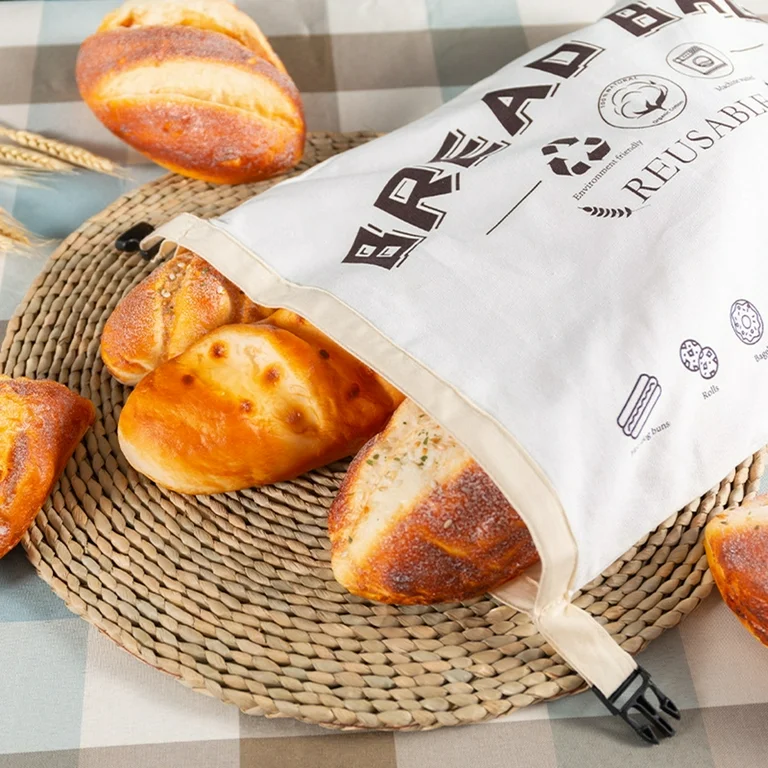
5. In-Depth Analysis of Material Comparisons
Extensive experiments and data comparisons have been conducted to assess how different materials perform in preserving bread freshness. Take natural fabrics, for example: cotton bread bags, with their inherent fiber structure, offer superior breathability and a pleasant tactile experience that helps maintain the crispy crust of the bread. However, the absorbent nature of cotton can also be a drawback in humid environments, as it may draw in excessive moisture, potentially leading to sogginess. In contrast, synthetic fibers like polypropylene and polyester exhibit better moisture resistance and durability, effectively preventing external humidity from compromising the bread’s quality. Yet, their relatively closed structure might sometimes restrict the necessary air exchange, which can hinder the “breathing”process of the bread.
Innovative eco-friendly materials, particularly biodegradable plastics, have attracted considerable attention in recent years. With specialized processing, these materials not only achieve outstanding moisture-proof and sealing properties but also maintain a degree of breathability. Experimental data indicate that bread bags made from biodegradable materials offer clear advantages in terms of preserving freshness—bread remains fresh for a noticeably longer period, and the impact of fluctuating temperature and humidity is significantly reduced. Similarly, recycled fibers, owing to their circular economy properties, meet environmental standards while also providing improved storage conditions, making bread more resilient during transportation and sale.
The comparative data and market research suggest that each material has its own set of strengths and weaknesses. The key lies in selecting the appropriate material based on the specific application scenario. For instance, home users might prioritize breathability and a pleasant texture, while bakeries and bulk buyers are more concerned with moisture resistance, durability, and cost control. Therefore, the best material for a bread bag is not a one-size-fits-all solution but rather the result of finding the right balance among various performance indicators based on the intended use.
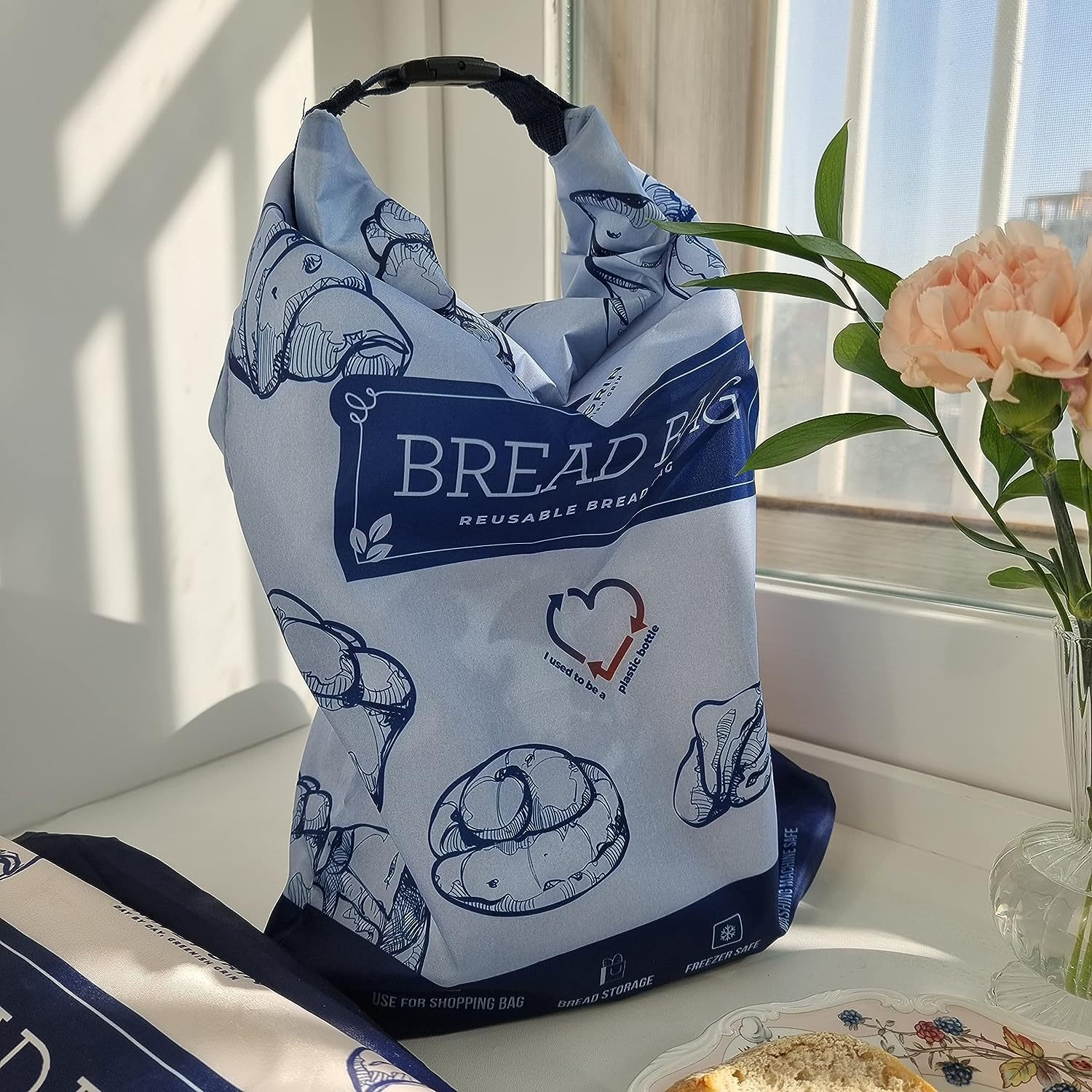
6. Experimental Observations and Expert Opinions
To provide a clearer picture of the performance of various materials, several authoritative institutions and experts have conducted tests under simulated transportation and storage conditions, measuring parameters such as humidity control, temperature stability, and durability. The results revealed that bread bags made from innovative Eco-friendly materials exhibited superior moisture control and breathability, with internal temperature and humidity stability improving by approximately 15% to 20% compared to traditional materials. Food science experts and packaging designers have noted that a high-quality bread bag not only extends the freshness of bread but also prevents condensation on the surface, thereby avoiding deformation or spoilage caused by excessive moisture.
One renowned baking expert commented, “A good bread bag acts as a ‘second skin’ for the bread. It must provide enough protection while still allowing natural air flow. Only by striking a balance between these two can we truly extend the shelf life of bread.” At the same time, materials scientists emphasize that the development of biodegradable materials is injecting new vitality into traditional packaging methods. Their exceptional overall performance is poised to revolutionize food packaging in the near future.
7. Case Studies and Market Applications
Real-world applications further underscore the importance of choosing the right packaging material. Increasingly, bakeries and artisan bread brands are adopting innovative eco-friendly materials for their packaging solutions, and the results have been impressive. For example, a small European artisan bakery introduced bread bags made from biodegradable materials, and its bread not only received widespread acclaim for maintaining freshness but also attracted customers with its green, sustainable image. In another case, a well-known bakery chain customized its packaging, achieving both optimal bread texture and a significant reduction in product returns due to packaging issues. Market surveys have shown that bread products packaged with innovative eco-friendly materials typically enjoy a shelf life extension of one to two days, coupled with higher consumer satisfaction.
At the same time, large-scale wholesalers and packaging suppliers are actively exploring various material combinations and design innovations, aiming to optimize production processes and offer bread bag solutions that meet modern demands. Consumer feedback has generally been positive, highlighting that new packaging not only looks more fashionable but also performs more efficiently in preserving freshness. These successful case studies provide compelling evidence and market confidence in the potential for innovation in bread bag materials.

8. Conclusion and Future Outlook
In summary, the material used for a bread bag plays a critical role in preserving the freshness, texture, and overall quality of bread. By comparing natural materials, synthetic fibers, and innovative eco-friendly options, we have seen that each type of material offers unique advantages and faces certain limitations. The choice ultimately depends on the specific application context. Currently, biodegradable plastics and recycled fibers—owing to their balanced performance in moisture control, breathability, and environmental impact—are emerging as strong candidates for the best bread bag material, though there remains room for further optimization in large-scale production and cost management.
Looking ahead, as material technology and packaging processes continue to advance, we can expect bread packaging to evolve toward more efficient, environmentally friendly, and even smarter solutions. These innovations will not only safeguard the quality and safety of bread but also drive transformative changes in the food packaging industry.
9. Call to Action
In an era where quality and healthy living are paramount, choosing the right material for a bread bag is more important than ever. We invite bakers, packaging designers, and food industry professionals to share their experiences and insights on bread packaging. If you have unique research findings or practical applications to discuss, please leave your valuable comments below. Additionally, we encourage you to stay informed about the latest research and industry trends in Eco-friendly packaging and innovative materials, as these developments can drive further breakthroughs in food preservation.
If you are looking for a reliable packaging material supplier or seeking customized bread bag solutions, do not hesitate to contact us. We are committed to providing professional advice and high-value products tailored to your needs. Let’s work together to ensure every loaf of bread is preserved to perfection, delighting consumers with its freshness every time.
You may also like:The benefits of using a baguette bread bag
Products Recommend
-
-
Custom Linen adjustable drawstring reusable homemade sourdough bread storage bag
Learn More -
Custom natural linen plastic lining large storage bread bag wholesale
Learn More -
Custom reusable linen homemade baguette bread storage bag bulk sale
Learn More -
Wholesale custom newest reusable cotton drawstring bread storage bag
Learn More
News Recommend
-
Custom bread bags: A comprehensive guide for wholesale, retail, and bakery industries
Apr.01.2025 Learn More -
The history and evolution of the bread bag: a baker’s guide to crafting the perfect loaf
Mar.28.2025 Learn More -
Ultimate guide to custom tote bags and custom bread bags: boost your brand with personalized packaging
Apr.14.2025 Learn More


